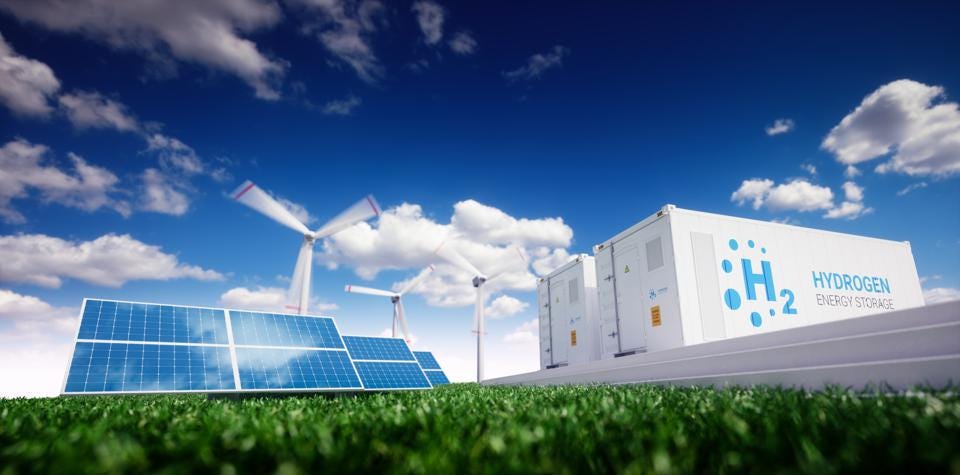
Credit: GETTY
The Han-Ho Hydrogen Consortium, launched on Wednesday by Korea Zinc, petrochemicals group Hanwha Impact Corp and SK Gas, plans to build up to 3 gigawatts (GW) of renewable energy capacity in Collinsville in Queensland.
That electricity would be used to power electrolysers that split water and produce green hydrogen, which would then be used to produce ammonia for export to South Korea, the Queensland government and the companies said.
The statement did not mention an estimated cost for the huge project.
Green ammonia is considered a key alternative to coal in power generation and is seen as the best way to ship green hydrogen, which could be used as a transport fuel as well as in steel-making down the track.
"We look forward to working with our partners to unlock Australia's potential to become a large-scale producer and exporter of green hydrogen and its derivatives including green ammonia," Korea Zinc Vice Chairman Yun B. Choi said in the statement released by the Queensland government.
Ark Energy, Korea Zinc's Queensland-based clean energy arm, said the 3 GW of new renewable energy capacity was key to bringing down the cost of green hydrogen and ammonia, as the energy cost makes up about half of the cost of the products.
"The scale of this is unprecedented, but it's absolutely fundamental to underpin the industrial scale production of green hydrogen as a feedstock for green ammonia exports," Ark Energy Chief Executive Daniel Kim told reporters in a livestreamed media conference.
"There are many challenges ahead, including very prohibitive cost curves for all things hydrogen," he said.
The consortium aims to make a final investment decision around 2027 or 2028, with construction expected to take around four years, Kim said.
Kim was not immediately available to comment on the estimated cost for the green energy hub.